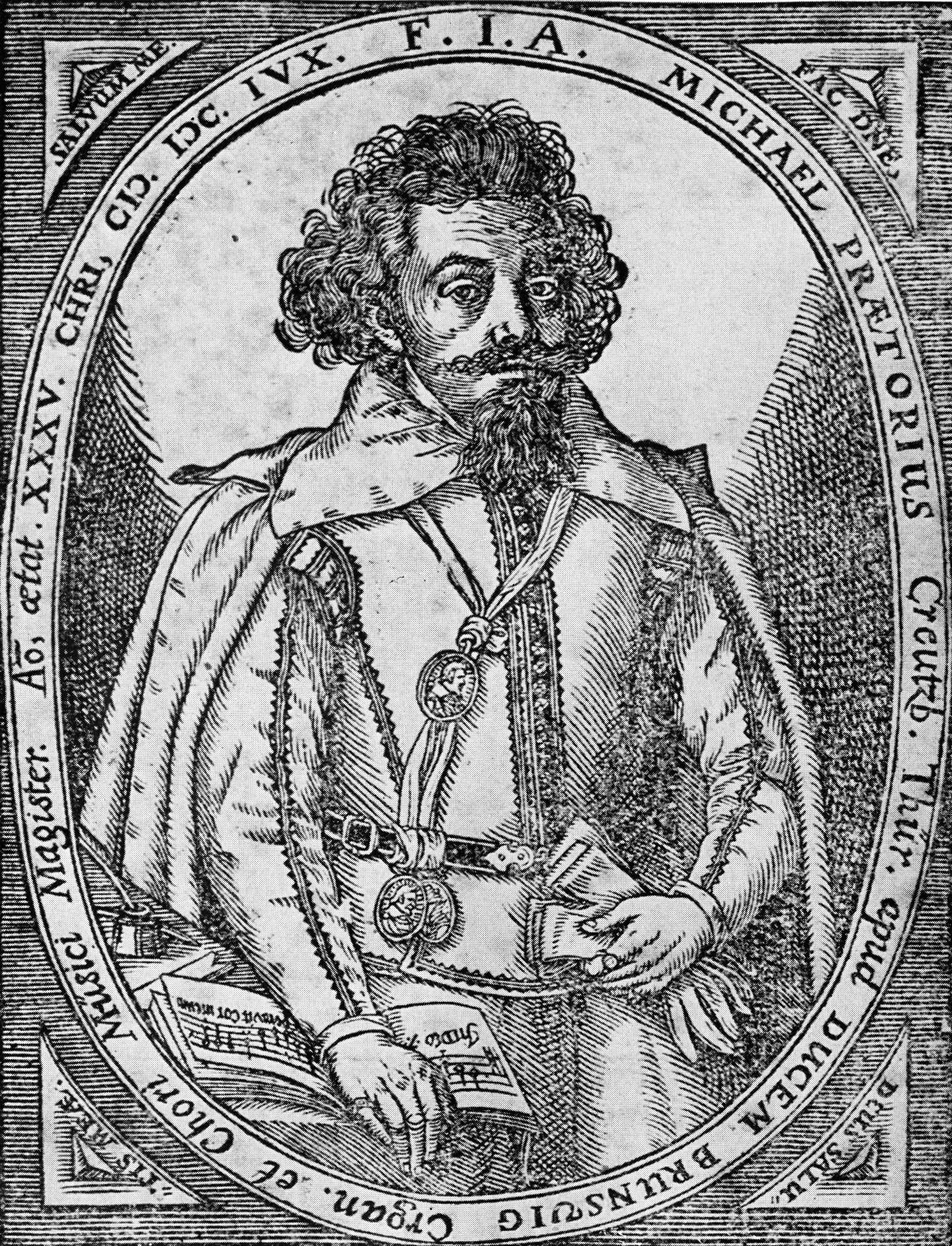Syntagma musicum
Exploring the Musical World of Michael Praetorius
The life of Michael Praetorius (1571-1621) spans the turn of the 17th century, overlapping with Giovanni Gabrieli and Claudio Monteverdi in Italy. But Praetorius was the consummate Lutheran Kantor. Largely self taught in music, Praetorius was nevertheless enormously systematic, disciplined and broad in his vision. Though he never visited Italy, he travelled extensively in Germany. Working for at least short periods in Wolfenbüttel, Regensburg, Dresden, Magdeburg, and Kassel, and visiting Leipzig, Nuremberg, Bayreuth and Prague, Praetorius is a witness to all that was happening musically in the German lands in his lifetime. But he also was intensely interested in Italy, and provides us with a uniquely Germanic view of what was happening south of the Alps. In his monumental three-volume treatise Syntagma musicum, he touches on all of the theoretical issues that concern any of us who perform 17th-century music. The third volume was published in 1620, so that we can celebrate the 400th anniversary of this encyclopedic work at our academy.
In our academy, named after his treatise, we will examine the ideas presented by Praetorius in his writings, and explore the largely overlooked music of his enormous output. We will also look at the music of his contemporaries, in particular of his friends Heinrich Schütz and Johann Hermann Schein.
The academy is open to singers, and to players of all the instruments called upon and discussed by Praetorius, but particularly cornetto, trombone, violin, recorder, viol, lute, and keyboard. The faculty will consist of Bruce Dickey, Charles Daniels, Catherine Motuz, and Catalina Vicens. There will be time for theoretical discussions, practical exercises, ensemble work, and more.
